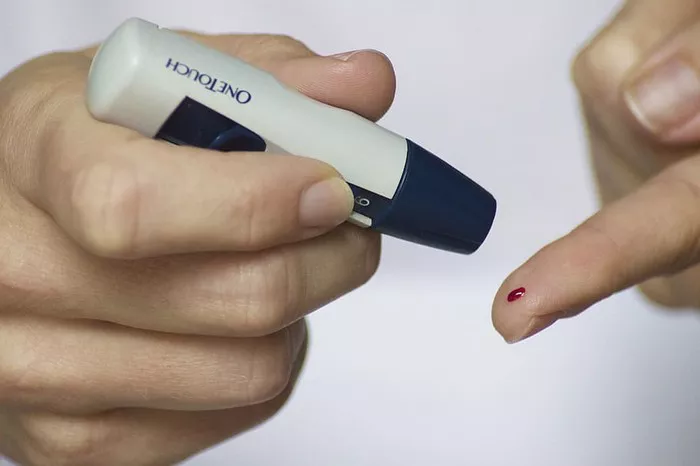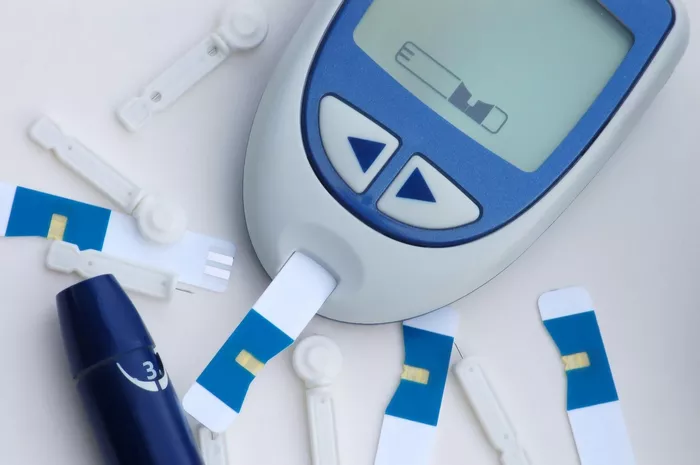Blood sugar levels, also known as blood glucose levels, refer to the concentration of glucose present in the bloodstream. Glucose is the primary source of energy for the body’s cells and is essential for overall health and functioning. The body tightly regulates blood sugar levels to ensure they remain within a narrow range, as both high and low levels can have detrimental effects on health.
Normal Blood Sugar Levels
For individuals without diabetes, the recommended target range for fasting blood sugar levels is typically between 70 and 100 milligrams per deciliter (mg/dL). Pre-meal (before eating) blood sugar levels should ideally fall within this range as well. After eating, blood sugar levels may rise temporarily, with post-meal levels typically peaking around 120 mg/dL or below two hours after a meal.
Several factors can influence blood sugar levels, including diet and nutrition, physical activity levels, stress and emotions, and medications and medical conditions. Carbohydrates, in particular, have a significant impact on blood sugar levels, as they are broken down into glucose during digestion. Physical activity can help lower blood sugar levels by increasing glucose uptake into the muscles for energy.
Types of Blood Sugar Tests
There are various methods for measuring blood sugar levels, each serving different purposes. Fasting blood sugar tests involve measuring blood glucose levels after an overnight fast of at least eight hours. Oral glucose tolerance tests involve drinking a sugary solution and measuring blood glucose levels at intervals over a few hours. Hemoglobin A1C tests provide an average of blood sugar levels over the past two to three months and are used to assess long-term glucose control.
Interpreting blood sugar test results involves understanding the context in which the tests were conducted and considering factors such as recent meals and physical activity levels. It’s essential to recognize that blood sugar levels can vary throughout the day and may be influenced by various factors. Monitoring trends over time can provide valuable insights into an individual’s blood sugar control and help identify patterns or trends that may require adjustment.
Understanding Prediabetes and Diabetes:
Prediabetes is a condition characterized by blood sugar levels that are higher than normal but not yet high enough to be diagnosed as diabetes. Individuals with prediabetes are at increased risk of developing type 2 diabetes if lifestyle changes are not made. Diabetes is a chronic condition characterized by high blood sugar levels resulting from the body’s inability to produce or effectively use insulin. Target blood sugar ranges for individuals with diabetes vary depending on individual circumstances and treatment goals.
Abnormal blood sugar levels, both high (hyperglycemia) and low (hypoglycemia), can have serious health consequences. Hyperglycemia can increase the risk of type 2 diabetes, cardiovascular disease, nerve damage (neuropathy), and kidney disease (nephropathy). Hypoglycemia can lead to symptoms such as dizziness, confusion, and, in severe cases, loss of consciousness. Both hyperglycemia and hypoglycemia require prompt treatment to prevent complications.
Maintaining normal blood sugar levels is essential for overall health and well-being. Strategies for preventing and managing abnormal blood sugar levels include following a balanced diet rich in fruits, vegetables, whole grains, and lean proteins; engaging in regular physical activity; monitoring blood sugar levels as recommended by healthcare providers; taking medications as prescribed for individuals with diabetes; and seeking medical advice for managing abnormal blood sugar levels.
Seeking Medical Advice
Consulting with a healthcare provider is crucial for personalized guidance on blood sugar management. Healthcare providers can offer individualized recommendations based on an individual’s medical history, lifestyle, and treatment goals. It’s essential for individuals to discuss any concerns or questions about their blood sugar levels with their healthcare team to ensure they receive the support and guidance they need to maintain optimal health.
Conclusion
In conclusion, understanding blood sugar levels and effectively managing them is essential for individuals living with diabetes or at risk of developing the condition. By following recommended guidelines for monitoring blood sugar levels, making lifestyle changes, and seeking medical advice as needed, individuals can take control of their blood sugar management and reduce their risk of complications associated with abnormal blood sugar levels. Empowered with knowledge and support from healthcare providers, individuals can lead healthy and fulfilling lives despite the challenges of diabetes.
Related Topics:
What is the Difference Between Blood Sugar & Glucose?
Do You Know The Difference Between Blood Glucose & Blood Sugar?
Hemoglobin A1c vs Glucose: What is the Difference?

























